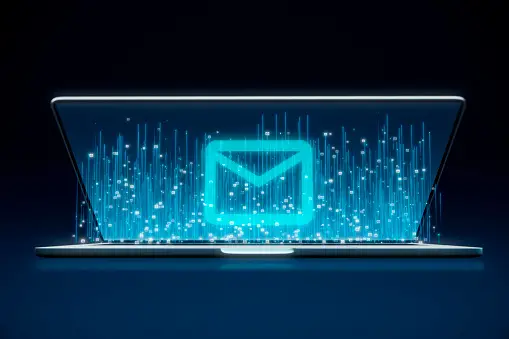Components of an Effective Business Email Signature
In the modern professional landscape, email communication remains a crucial tool for business interactions. An often overlooked but vital aspect of an email is the signature. A well-crafted signature not only provides essential contact information but also reflects the professionalism and brand identity of the sender. Let’s delve into the components that should be included in the signature of a business email:
1. Full Name
Including your full name in the email signature serves as a personal touch and helps establish a direct connection with the recipient. It also avoids any confusion regarding the sender’s identity, particularly in larger organizations where multiple individuals may share the same first name.2. Job Title
The inclusion of your job title provides the recipient with an immediate understanding of your role within the organization. This clarity can be especially beneficial when the recipient may need to forward the email or engage in further communication with other members of your team or company.3. Company Name and Logo
Displaying the company name in the signature reinforces brand visibility and recognition. Including the logo adds a visual element that enhances brand association, making the email more professional and trustworthy in the eyes of the recipient.4. Contact Information
- Phone Number: Providing a direct phone number enables quick and convenient communication, especially in urgent situations that may require immediate attention.
- Email Address: While the sender’s email address is already visible in the ‘From’ field, reinforcing it in the signature can be helpful, particularly when recipients need to manually input the contact information into their address books.
- Physical Address: Including the company’s physical address is especially relevant for businesses with a physical location and can enhance the sender’s credibility.
- Social Media Links: Including links to social media profiles can provide additional avenues for the recipient to connect with the sender and the company.

